This is a great Christmas science activity or for World Book Day to sit alongside reading The Gingerbread Man or Hansel and Gretel.
It's also a brilliant Christmas baking STEM challenge! Challenge your friends to make a house and test to see whose is the strongest!
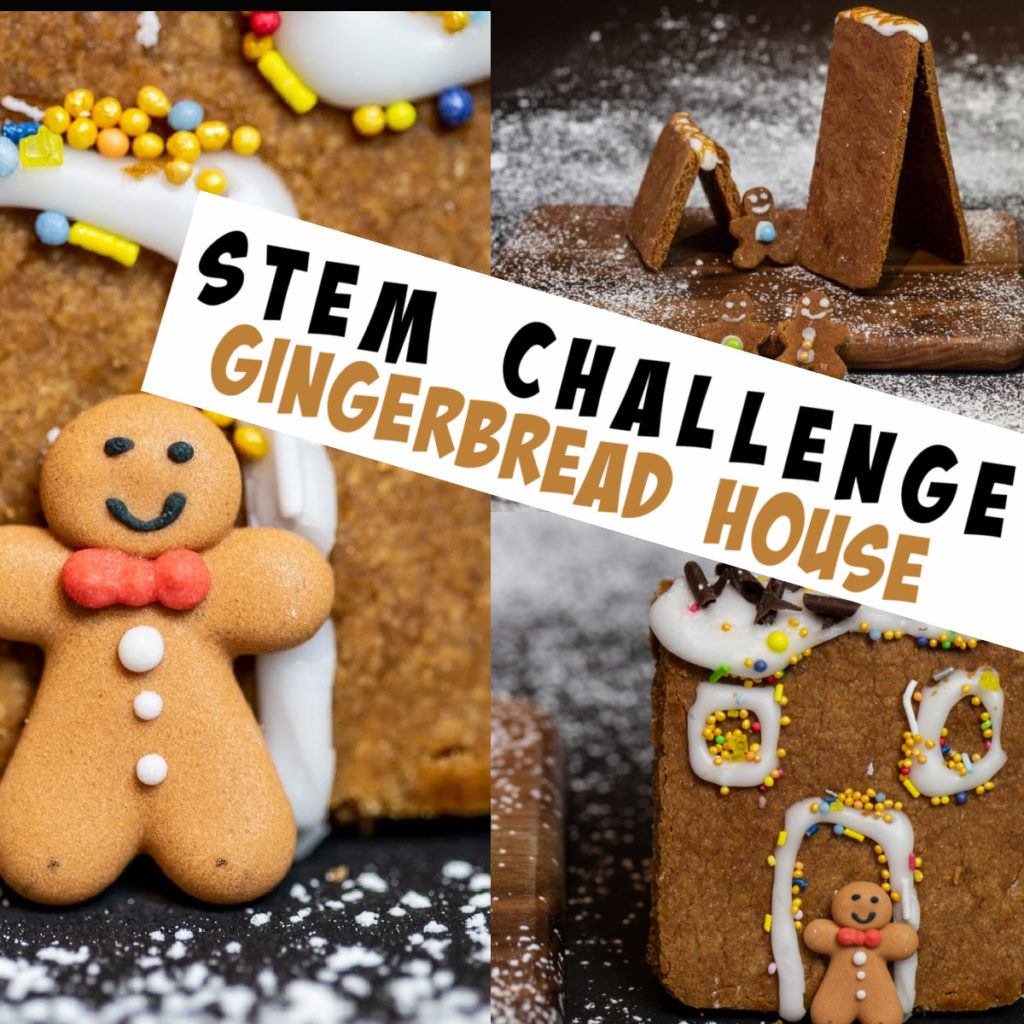
If you don't fancy baking the gingerbread an easier idea is to use square ready-made biscuits or crackers in a tent shape like the image below.
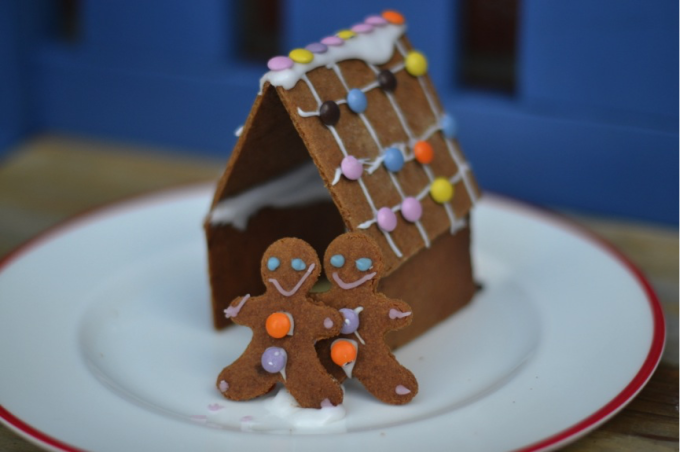
Ask children to make predictions drawing on existing knowledge as to which substance will hold the house together most effectively.
This is also a great activity for practising designing a fair test and carrying out correct experimental procedures.
How to make a Gingerbread House
Gingerbread House
Gingerbread pieces
Icing sugar/marshmallow fluff / royal icing / liquid glucose
Sweets
Investigation Instructions
The easiest way to do this is to bake a thin sheet of gingerbread and use cutters to cut it immediately after taking it out of the oven. This ensures all the pieces are exactly the same size.
We used two squares and two smaller rectangles, but you could use any shape you wanted.
Build a gingerbread house for each type of sticky substance you are testing. Try to use a similar amount for each wall on each house.
Leave overnight to harden.
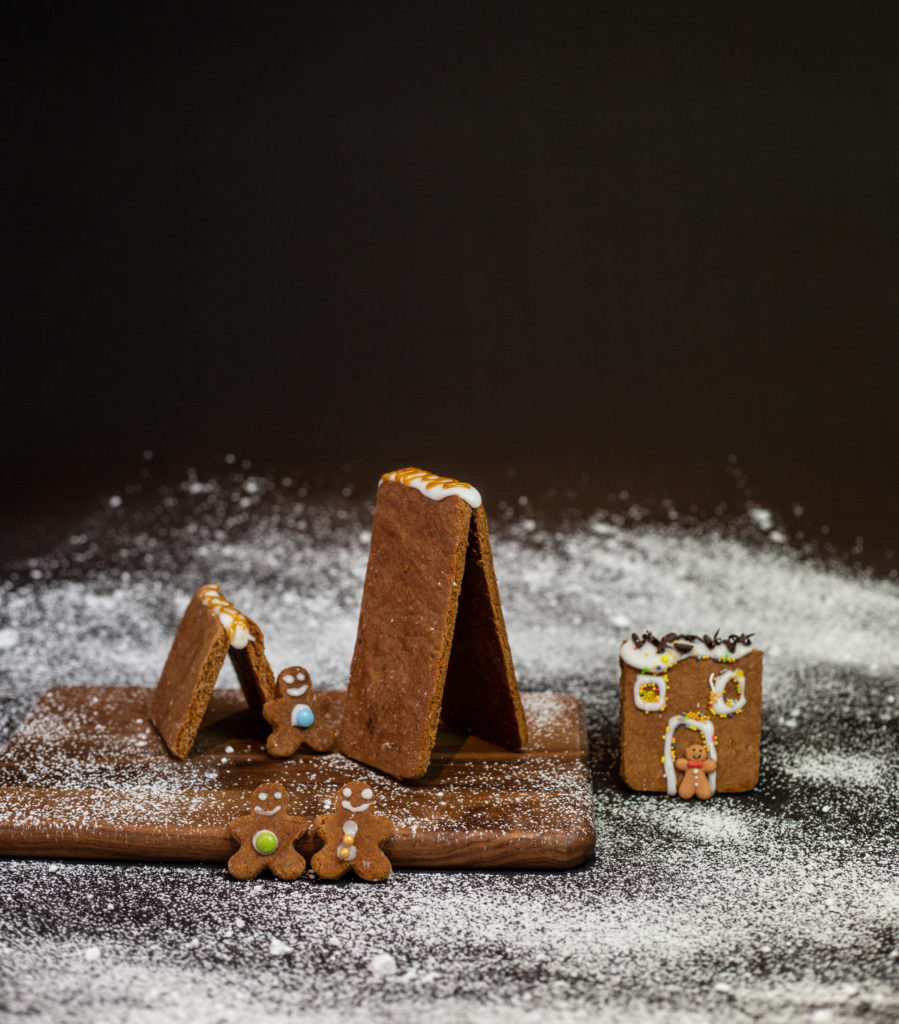
Image taken from Snackable Science
Factors to keep constant
Size of gingerbread pieces
Amount of sticky substance used
Time left to harden
Type of sticky substance
How to test for strength
Pick up the house and see if it stays intact.
Roll a marble or small ball at the house. Does it fall over?
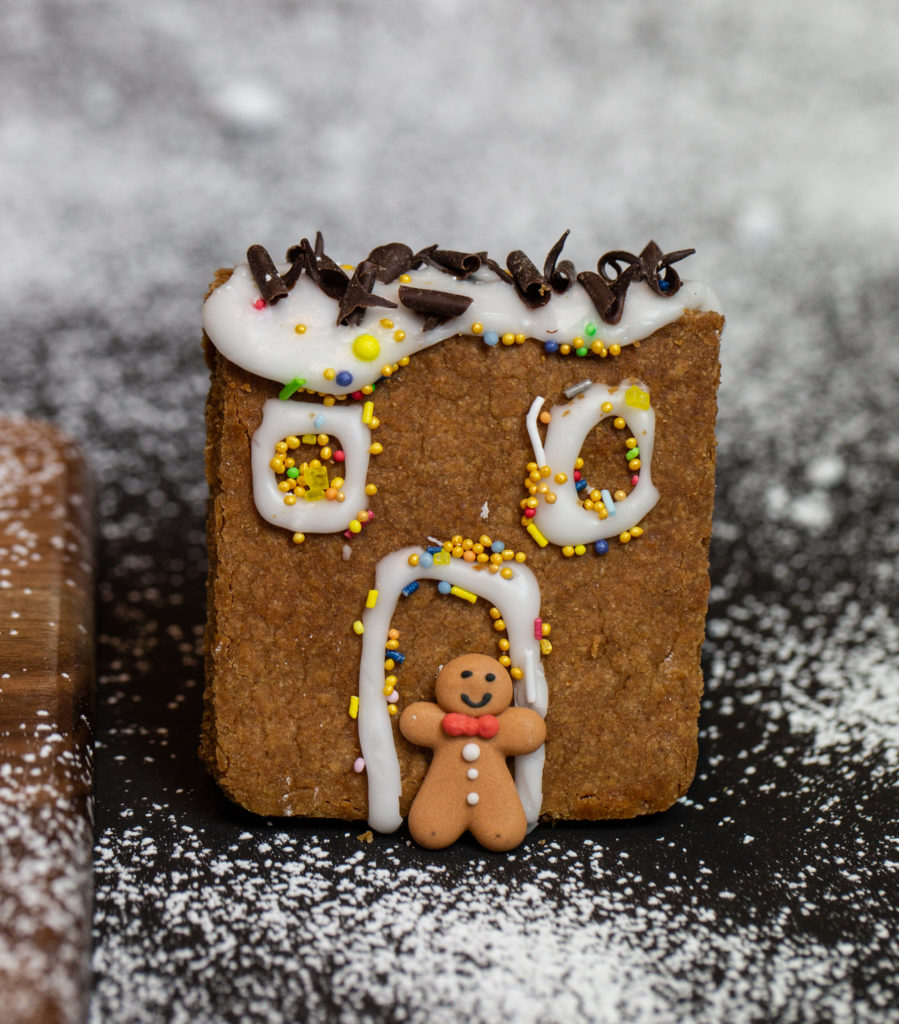
Suitable for Key Stage 1 Science
Using observations to suggest answers to questions
Performing simple tests
Using scientific language to answer a question describing how to carry out a fair test.
If you don't want to bake, try using three rectangular biscuits. You could even give them to friends as gifts.
Biscuit houses inspired by the lovely Red Ted Art.
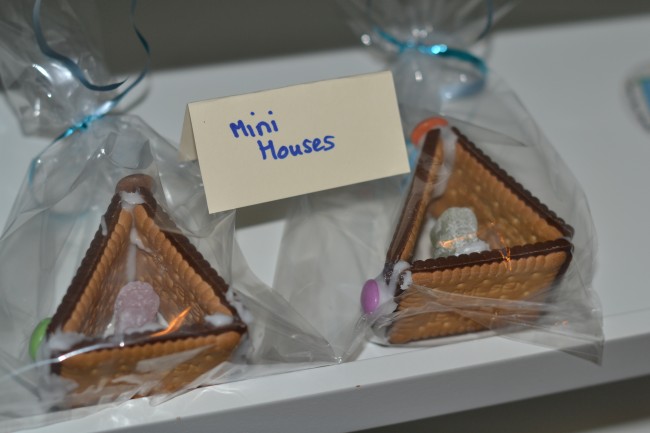
More Science for Kids
If you liked this idea I have LOTS more kitchen science experiments to share.
You might also like my Kitchen Science Bake OFF!!
Another idea is to add some edible glass to your gingerbread house. The easiest way to do this is to cut out a window shape before baking and place a clear mint or two inside. The mint will melt and look like a window!
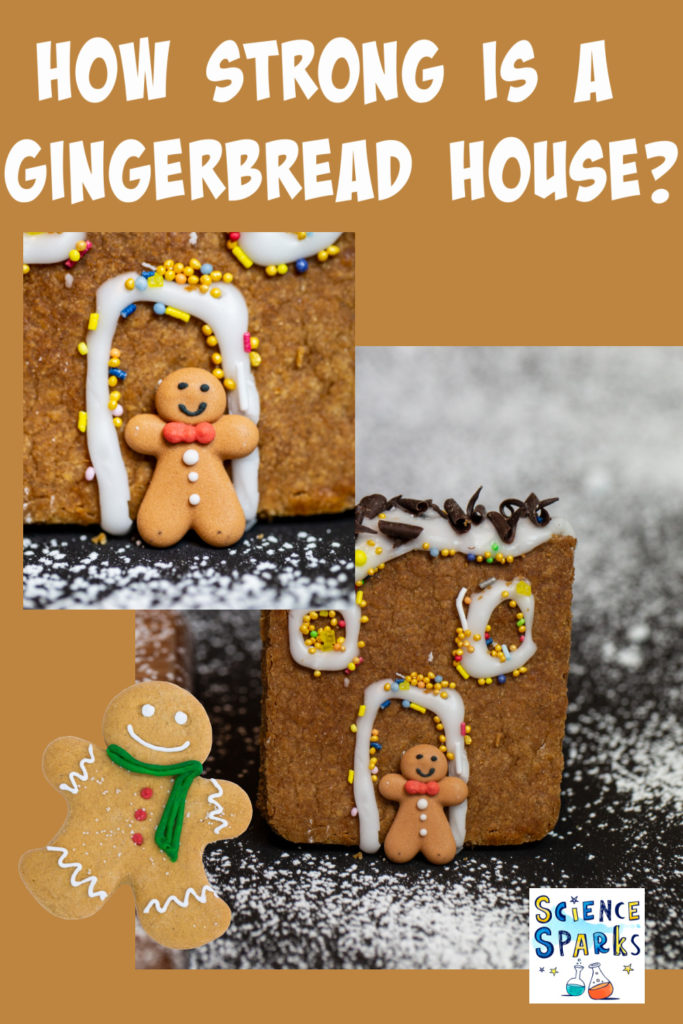
Images are taken from Snackable Science which is full of awesome edible experiments for kids!
Affiliate links
Last Updated on November 15, 2022 by Emma Vanstone
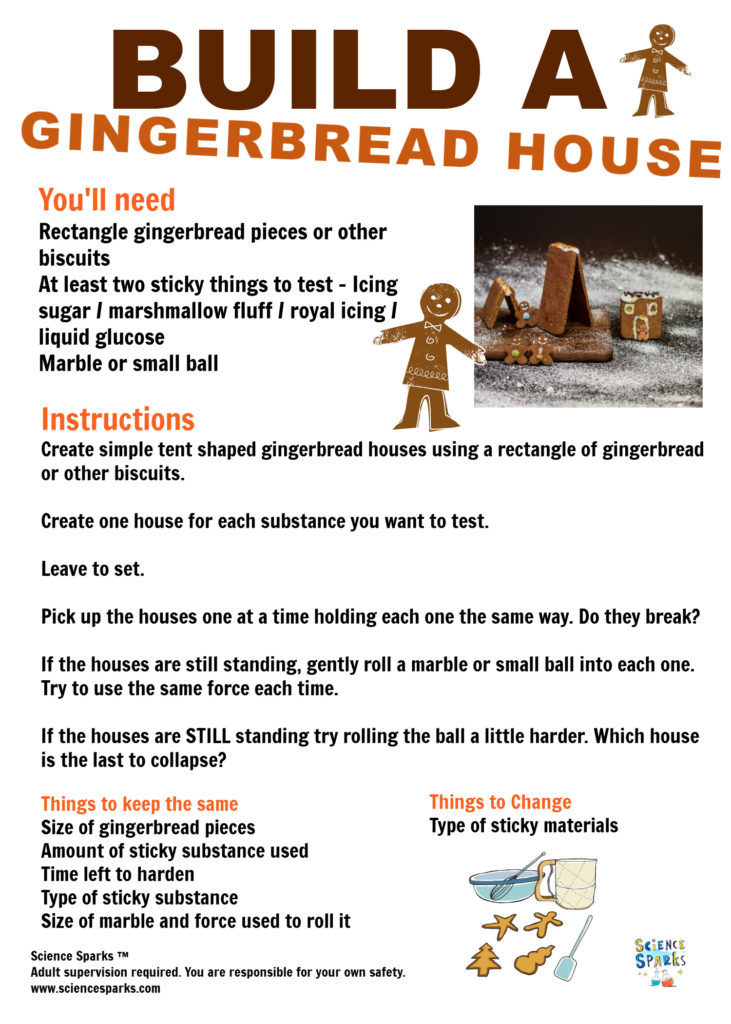
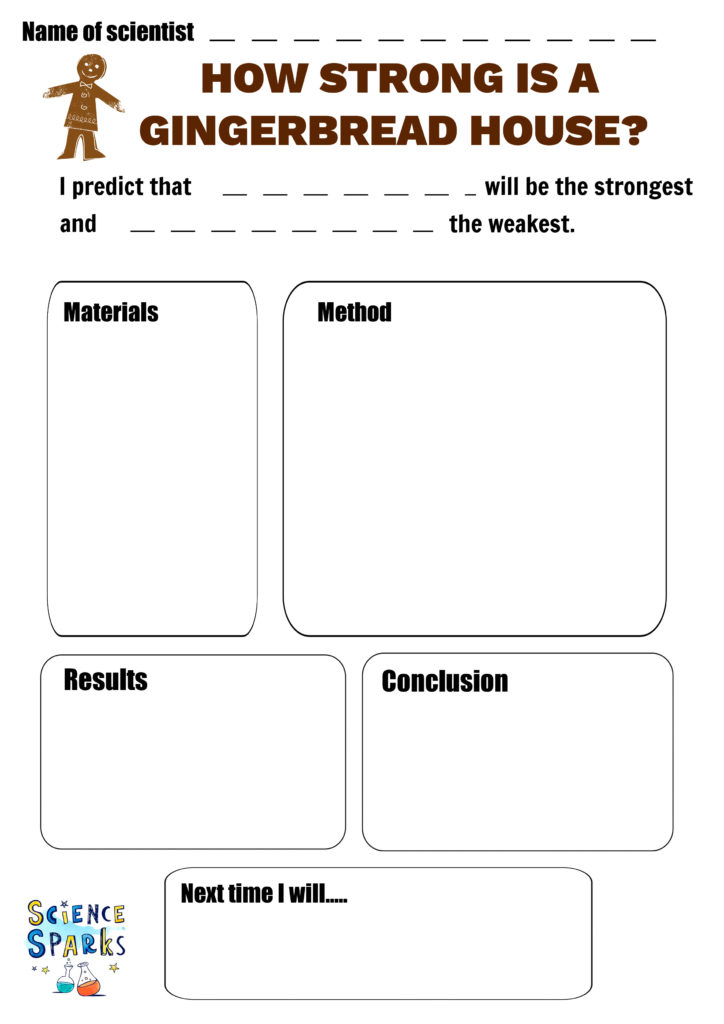
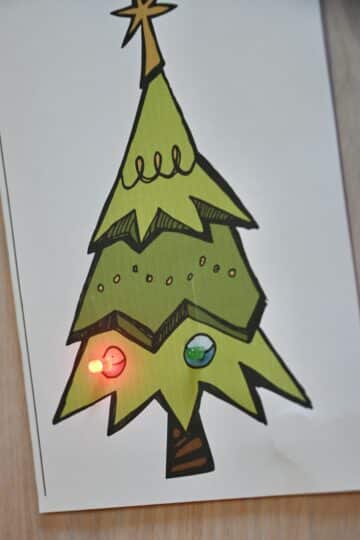
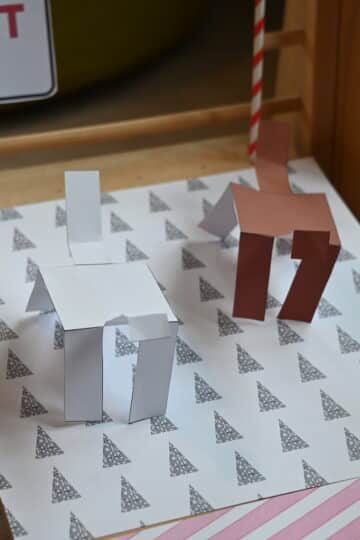


Leave a Reply